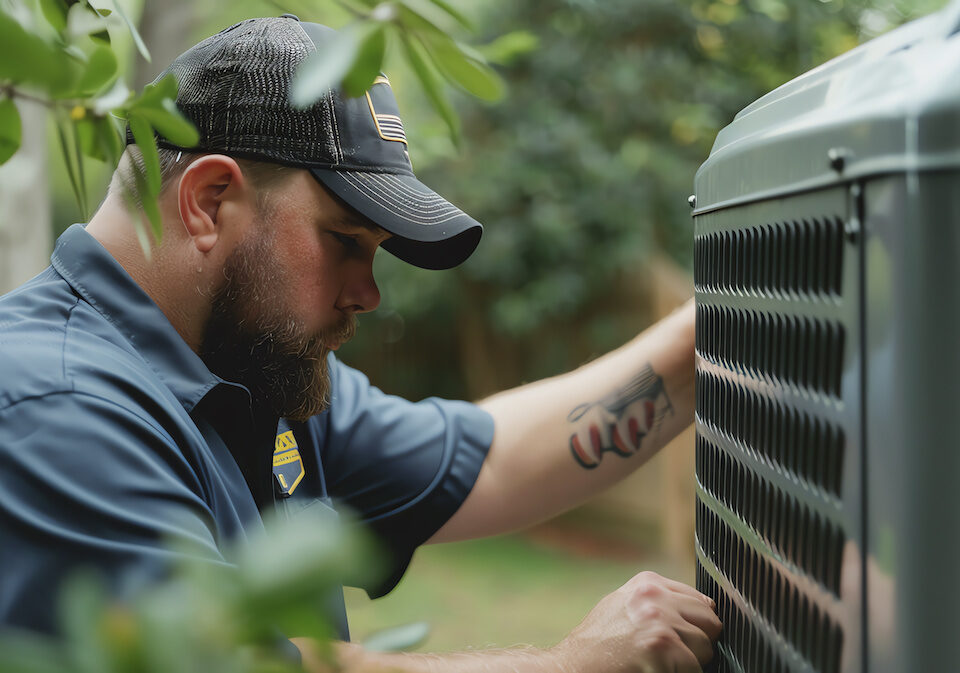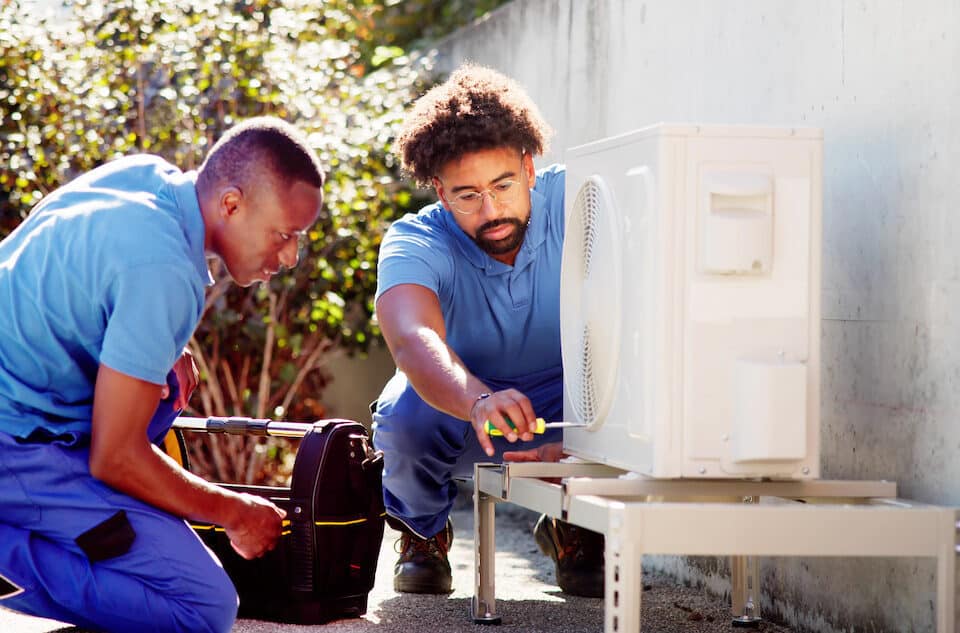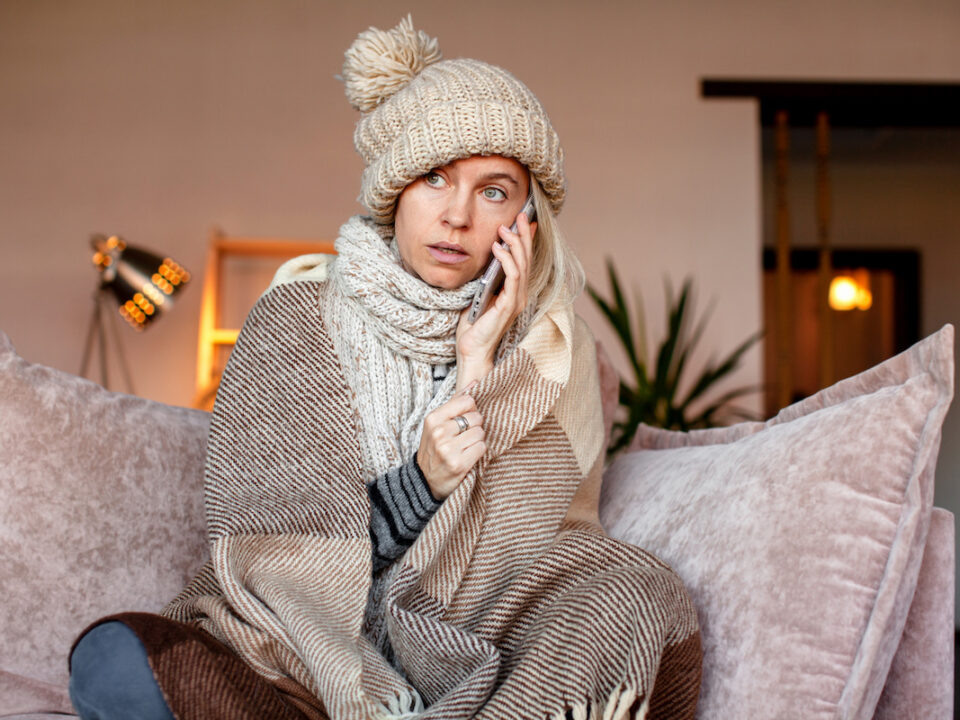It’s Not Too Late to Winterize Your Georgia Home
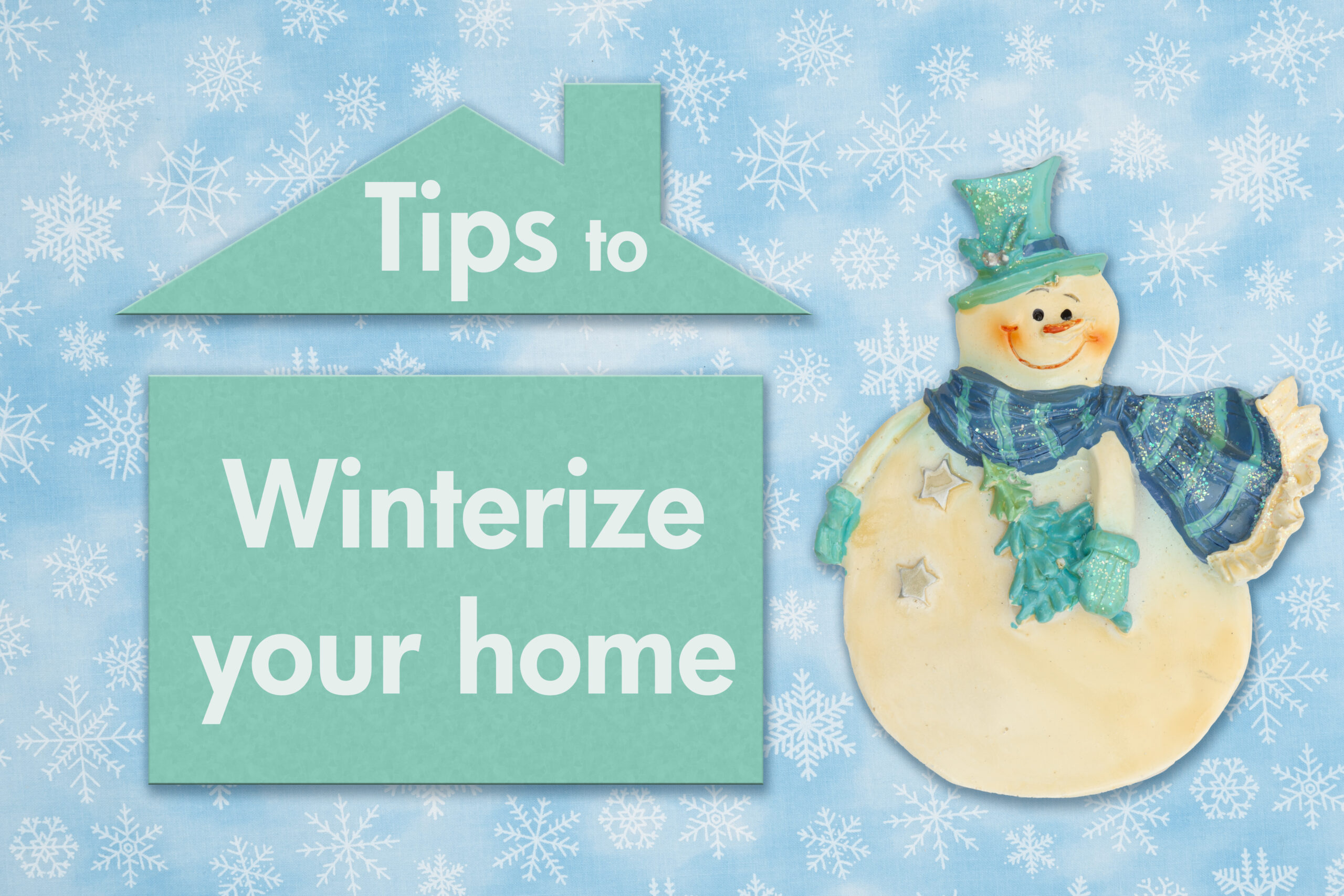
Even though we live in a southern state, a cold snap in the weather–especially if prolonged–can really cause damage to your home. If you haven’t winterized your Georgia home yet, fear not! Our helpful tips will help you prepare.

Caulk around Doors and Windows
So many homes in Georgia have multiple points of entry: Front doors, side doors, sliding glass doors, and garage doors all have gaps, at the joints, about the size of the width of a quarter. These gaps are designed to allow doors and windows to operate smoothly and minimize wear and tear. In the winter months, cold air enters your home through these gaps and that can drive-up your energy bill.
An easy fix for this is to caulk the exterior joints of your windows and doors. This will minimize drafts and reduce heat loss from inside the home.This is a money-saver because your heating system won’t be working as hard to keep you cozy on a wintery day.
Get a Heating System Tune Up
If you’ve waited until the temp to drop below 40 degrees to have your heating system tuned-up, you’ve waited too long–but it’s never too late! A professional heating system inspection helps insure that when the temps go down in Georgia, your home can keep you warm and cozy inside. Our HVAC professionals are specialists when it comes to performing heating system checks, repairs, and replacements. Proper maintenance of your home heating can result in increased efficiency and save on your energy costs through the winter season.
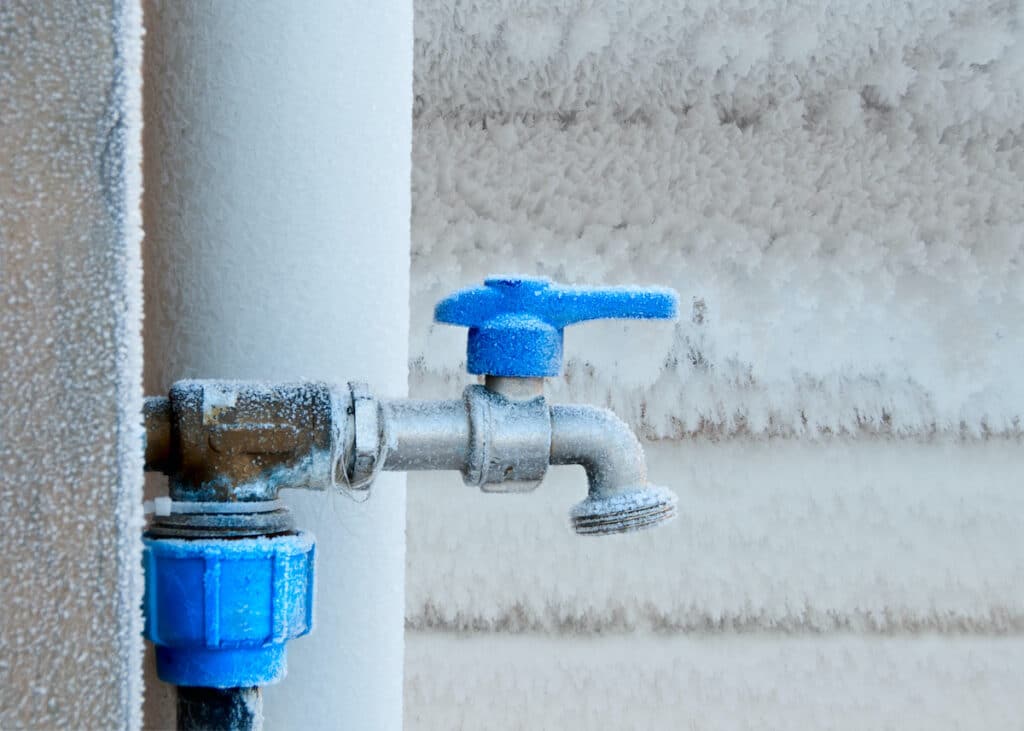
Frozen faucet in winter
Turn Off Exterior Faucets
Once you know cold weather is settling into Georgia, one of the easiest things you can do in your winterizing plan is turn off the exterior faucets. As water freezes, it expands, and if this happens in the pipes within your home, the pipes can crack or burst, cursing some major water damage.
Turning off the outside faucets can save you from major headaches–and the expenses–that result from freezing pipes and busted water valves. In addition to shutting off your exterior faucets you’ll want to disconnect any hoses you may have attached. Allow any remaining water to drain out so it doesn’t freeze.
Ice Dam Prevention
An ice dam occurs when water at the margin of the roof freezes and starts inching backward into the shingles. While frozen, the ice isn’t a big deal. But when that ice dam melts, water seeps beneath the shingles. This damages the roof structure, ceilings, and increases the risk of water leaking into the walls inside your home. These are costly issues for homeowners.
It’s not safe to venture onto your roof in the winter time. If you’re concerned that your home might be susceptible to ice dams, it is best to call a local home services professional to assess the extent of the problem. There are specialized heat strips that can be used on the roof to keep the ice from forming, and that small investment can save you from the high price of roof or interior renovations in the future.
If you’re concerned that your heating system is not ready for winter or you want to identify additional ways to save money on your heating bill,schedule a heating system check with Trust, today!

